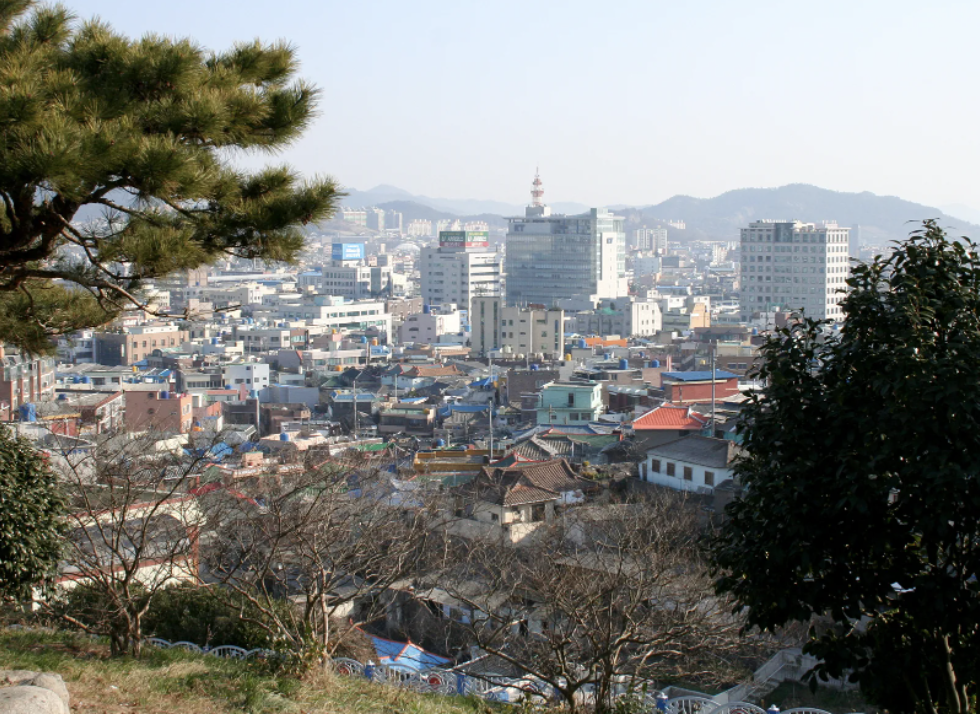This past March, South Koreans elected former anti-corruption prosecutor Yoon Suk-yeol as their next president. Yoon, an opposition candidate from the conservative People Power Party (PPP), narrowly defeated Lee Jae-myung of the ruling Democratic Party. Each of their campaigns was marred by mudslinging, scandals, and divisiveness.
The results of Korea’s 2022 presidential election reflect some significant shifts in voter sentiment. Korea’s conservative columnists hailed Yoon’s victory as a rebuke of current president Moon Jae-in’s administration, which failed to resolve high youth unemployment and holds a liberal stance on North Korea. Western outlets, meanwhile, highlighted a surge in reactionary anti-feminism, as young men revolted against the Democratic Party’s gender equality reforms; Yoon even promised to abolish South Korea’s Ministry of Gender Equality and Family.
Most of all, voters have become more disillusioned with Korea’s political gridlock. In spite of pressing issues like rising economic inequality, the Covid-19 pandemic, a belligerent North Korea, and political corruption, the 2022 election saw an intensified version of ‘politics as usual,’ upheld by a number of informal political institutions that block meaningful reform. The endemic regional division between Korea’s two major political parties is one such weight on South Korean democracy. A long history of regionalist “anti-politics” has driven government inaction, inequality, and polarization, intensifying the challenges faced by Korean democracy and society.
While Korea hosts a number of deep regional divisions, its longest-running feud is between the Jeolla region, in the southwest, and the Gyeongsang region, in the southeast. Some argue this regional division predates South Korea itself—and by a long shot. During Korea’s seventh-century “warring states” period, the kingdom of Silla (in the southeast of modern Korea) conquered its western neighbor Baekje, kicking off a period of discrimination and stereotyping between the two. After the Republic of Korea was founded, this tension between Gyeongsang and Jeolla transitioned into modern political regionalism: chronic political partisanship, infighting, and score-settling. South Korea’s military dictators (who hailed from Gyeongsang) largely repressed the left-leaning political opposition from Jeolla. In 1980, the military dictatorship infamously instrumentalized negative stereotypes about Jeolla to justify violently suppressing pro-democracy protesters in the regional capital of Gwangju.
Since Korea transitioned to democracy in 1987, support for political parties has been almost exclusively divided along regional lines: Gyeongsang leans towards conservative candidates, while Jeolla tends to support liberals. This held true for the 2022 election: The Jeolla districts heavily backed Lee and the liberal Democratic Party, while Yoon and the PPP held commanding leads over the Gyeongsang districts. Voters consistently support the party representing their region, even though parties’ identities and ideologies have changed over the decades.
Korea’s intense regionalism is reinforced by other political challenges. For one, the strength of Korean regional politics––combined with the institutional weakness of its political parties––means that strong personalities who can rally a regional base tend to dominate the political scene. Furthermore, past leaders disproportionately directed government support for infrastructure, welfare, and subsidies to their native regions, reinforcing existing political divisions. During the 1960s and 1970s, dictator Park Chung-hee funneled government resources towards Gyeongsang while neglecting Jeolla, creating lasting economic disparities. Successive administrations have supported their native regions’ economies at the expense of those of their rivals.
In other words, Korean regionalism has fueled retaliatory politics. When political parties transition in and out of office, they often investigate opponents from the other region for corruption or remove them from key political positions. Campaign rhetoric has also grown more partisan and divisive, with Lee and Yoon attacking each other in deeply personal ways to rile up their respective bases. Such rhetoric only deepens Korea’s political and ideological divides, polarizing public discourse and hindering effective responses to policy problems.
Needless to say, ending Korea’s regional feuds will take a lot more effort than asking nicely. One possibility is the introduction of “local autonomy,” in which state authority is decentralized to break up the power of region-wide political parties. President Kim Young-sam attempted a version of this reform in the 1990s to no avail, ultimately reinforcing regional divisions due to Korea’s personality politics. Reform could also be attempted at the constitutional level, whether by reapportioning seats in the National Assembly to shrink the power of rural voters from Jeolla and Gyeongsang, or by weakening the presidency to hinder politicians’ retaliatory capabilities. However, both political parties have a vested interest in preserving the system as is, making this style of reform unlikely as well.
Another problem is that regionalism isn’t a top priority among voters. Koreans are more perturbed by other divisions, like the growing generational gap between conservatives in their 60s and 70s and liberals in their 40s and 50s. Furthermore, unlike the generations before them, Korea’s youngest voters tend to care less about regional dynamics and more about the intense economic problems they face. While recent electoral results demonstrate that regionalism is far from dead, it is possible that, as younger voters reorganize themselves along class and demographic lines, its effects may eventually fade away.
